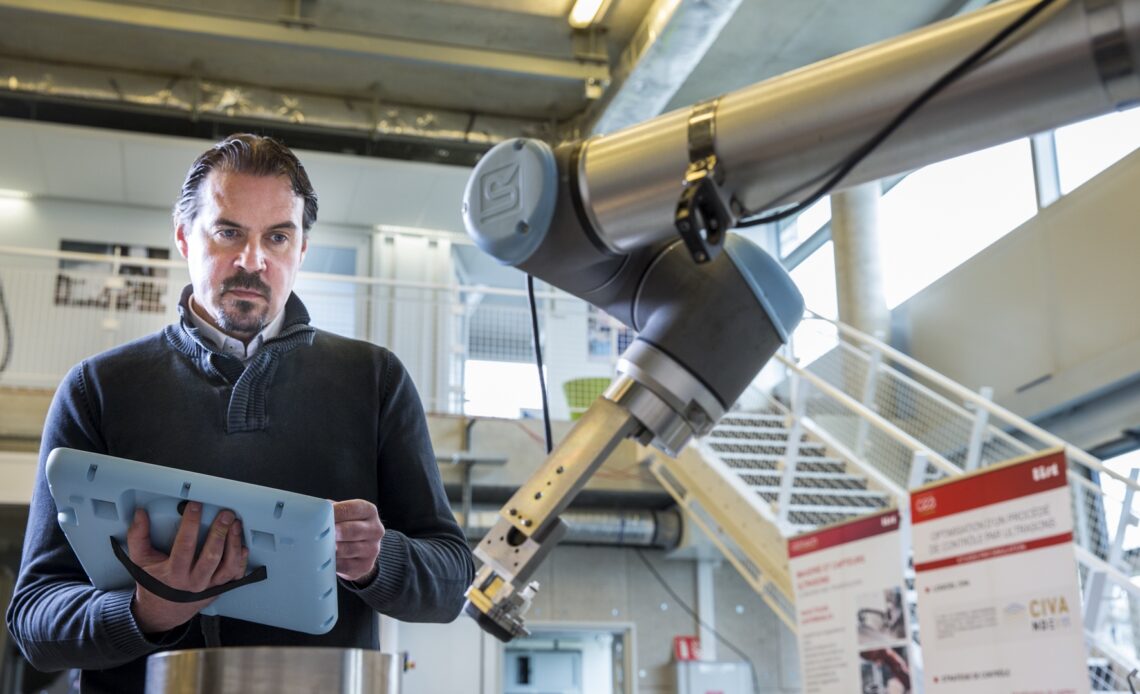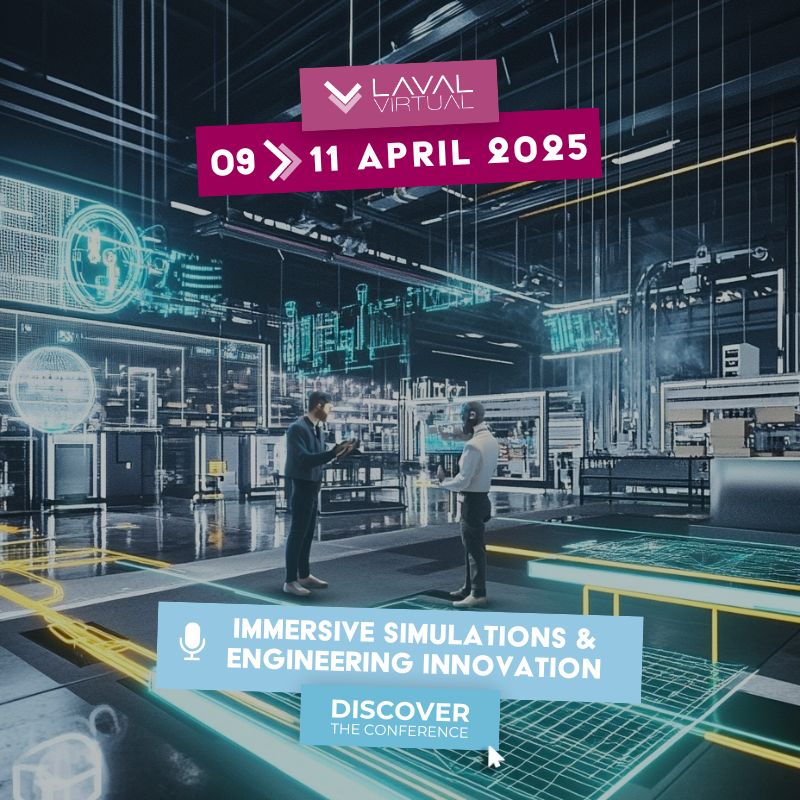
CEA LIST is a research institute dedicated to smart digital systems.
Crédits photos : CEA LIST
The CEA LIST institute specialises in artificial intelligence, the industry of the future and digital confidence. Dedicated to smart digital systems, it contributes to the development of business competitiveness through the development and transfer of technologies. CEA LIST will be exhibiting at Laval Virtual on April 10-12, 2024, on booth A24. Interview with Jérémie Le Garrec, Research Engineer at the institute.
Can you introduce your company?
At the heart of the Plateau de Saclay (Île-de-France), the CEA LIST institute focuses its research on smart digital systems. Its R&D programmes focus on interactive systems (ambient intelligence), embedded systems (architectures, software and systems engineering), sensors and signal processing (industrial control, health, security, metrology). Dedicated to technological research, the Institute’s 700 research engineers and technicians aim to encourage innovation and its transfer through long-term industrial partnerships. The project culture and scientific excellence of the Institute’s teams are at the heart of this ambition.
Within CEA LIST, the Interactive Simulation Laboratory (LSI) is developing an interactive multi-physics simulation platform involving one or more users, using Extended Reality (XR) technologies. This platform, called XDE Physics, simulates the manipulation and interactions of all systems, rigid, articulated or deformable parts (cables) directly on digital models. It can also be used to validate scenarios that include the operator to study the ergonomics of the workstation by introducing his avatar into the dynamic simulation. Centred on interactive simulation kernels, the team’s activities extend to the development of applications that meet the needs of its industrial partners (manufacturing for the automotive and aerospace industries, energy, health).
What will your company show at Laval Virtual 2024?
A set of tools for creating photorealistic immersive experiences from photos and videos. The visual quality obtained is superior to traditional photogrammetry methods and is based on real-time rendering using 3D Gaussian Splatting and Deep Learning techniques. This type of rendering shows a great deal of detail, as well as reflection and refraction effects that were previously difficult to reproduce. For this experiment, we have also captured a large environment that allows the user to be fully immersed.
What is your company’s current project?
A photorealistic immersive demonstration of two rooms in the Hôtel de la Marine, a national monument located on the Place de la Concorde in Paris, in collaboration with the CMN (French National Monuments Centre) and the Lay3rs company. This demonstrator is based entirely on real shots (photos and 360° images) and its visual quality paves the way for VR technologies for heritage mediation.
What innovation do you think has most transformed the world of VR/AR?
Recent advances in the field of neural rendering coupled with generative AI will make it possible to lift the barriers to the rapid and efficient production of 3D content, which should lead to the widespread adoption of VR/AR technologies.
The baseline of our 26th edition is “Act For The Future”. In your opinion, how can immersive technologies impact the world of tomorrow?
Recent innovations in photorealistic immersive rendering coupled with remote collaboration tools will have an impact on a wide range of fields, including distance learning, industry and entertainment. Superior visual quality will make VR experiences almost indistinguishable from reality, increasing user immersion and engagement, and opening the way to new uses.



